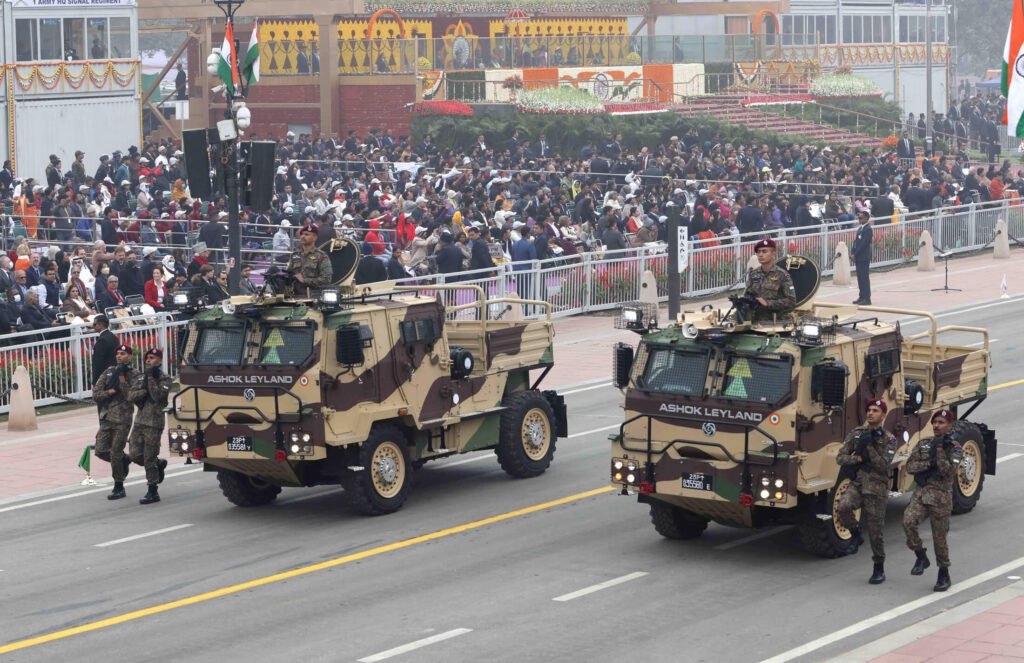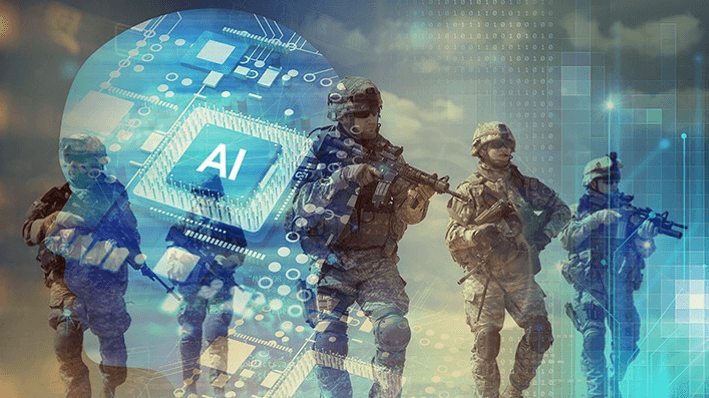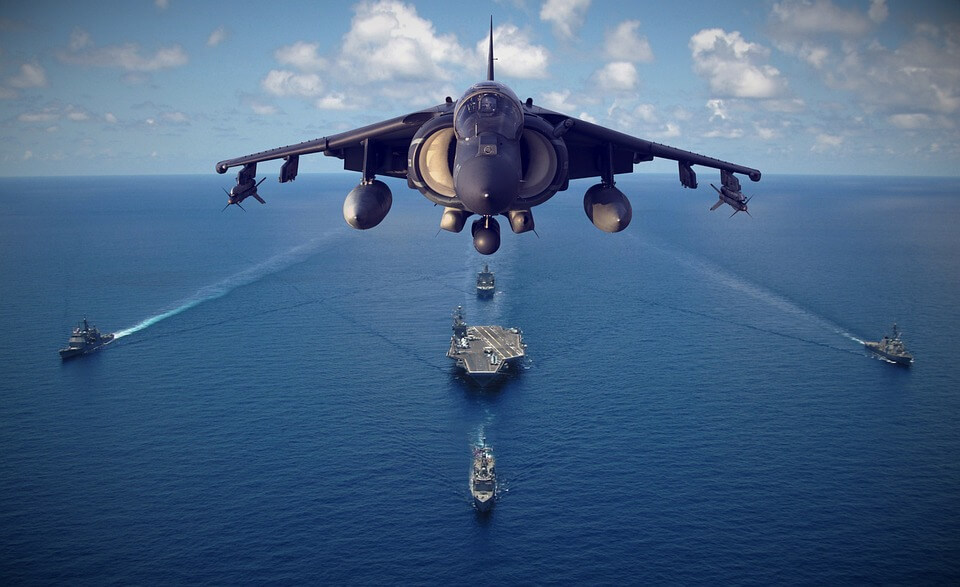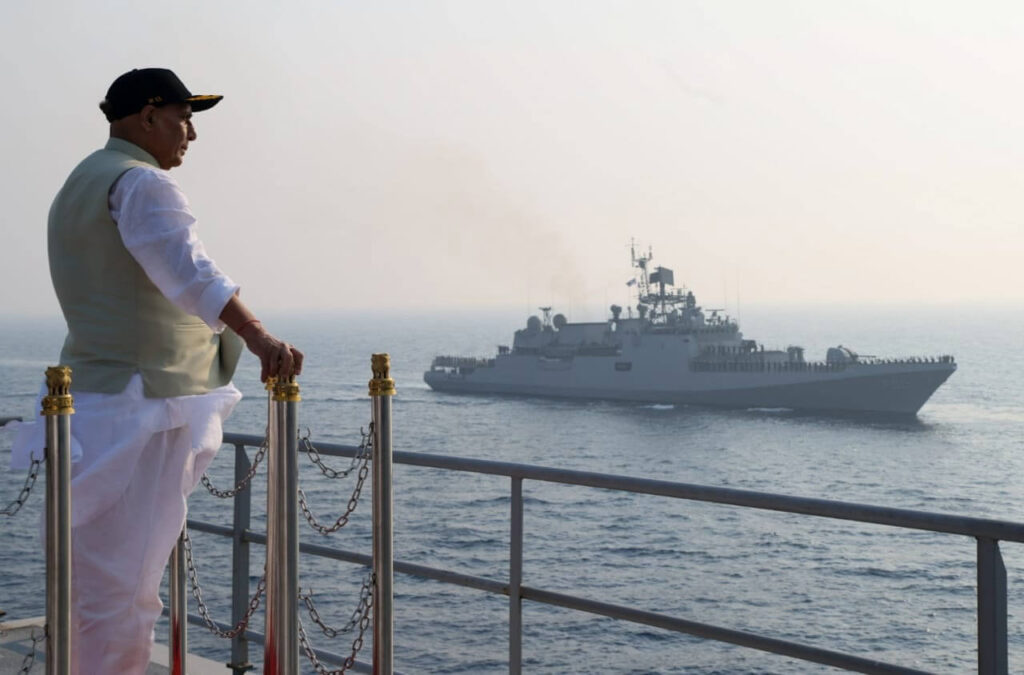
The origin of mosaic warfare can be traced back to the early 2000s when the United States military began exploring network-centric warfare. Network-centric warfare is a military doctrine emphasising information technology to connect sensors, decision-makers, and weapons systems. This allows for a more distributed and decentralised approach to warfare, in which small, networked units can operate independently or in concert to achieve a common goal. The concept of mosaic warfare was further developed in the 2010s, as militaries worldwide began to adopt new technologies, such as unmanned systems and artificial intelligence. These technologies allow for even greater levels of connectivity and coordination, making it possible to create a genuinely mosaic battlefield.
Mosaic warfare is characterised by using small, networked, and autonomous units to create a complex and unpredictable battlefield. It is a highly fluid and dynamic environment in which the balance of power can shift quickly. This makes it difficult for adversaries to plan and execute operations, and it can lead to unexpected and unpredictable results.
Mosaic warfare – Advantages:

Mosaic warfare has the potential to revolutionise warfare. It offers several advantages over traditional warfare, like:
- Increased flexibility and agility: It allows militaries to respond more quickly to changes on the battlefield.
- Reduced risk of casualties: It can help to reduce the risk of losses by allowing militaries to operate at a distance from the enemy.
- Increased effectiveness: It can make militaries more effective by allowing them to coordinate their operations efficiently and to target enemy forces precisely.
Mosaic warfare – challenges faced

- Complexity: Mosaic warfare is a complex concept that requires new doctrines and tactics. It is difficult to coordinate the actions of large numbers of small, networked systems, and it is difficult to predict how an adversary will respond to a mosaic attack.
- Security: Mosaic warfare relies on networked systems, which are vulnerable to cyberattacks. If an adversary can disrupt or disable these systems, it could cripple the mosaic force.
- Ethics: The use of autonomous systems in warfare raises ethical concerns. How will these systems be programmed to make decisions about who to kill and who to spare? Who will be accountable for the actions of such systems?
Role of Unmanned Systems

Unmanned systems (UMS) have the potential to play a significant role in mosaic warfare. They can be used to perform a variety of tasks, including:
- Surveillance and reconnaissance: UMS can gather information about enemy forces and activities. This information can be used to plan operations, target enemy forces, and assess the effectiveness of attacks.
- Strike: UMS can be armed with weapons to attack enemy targets. This can be done in various ways, including firing missiles, dropping bombs, or firing guns.
- Logistics: UMS can transport supplies and equipment to friendly forces. This can help to keep friendly forces supplied and ready for combat.
- Evasive action: UMS can be made to evade enemy attacks. This can be done by flying at high altitudes, using stealth technology, or simply being difficult to track.
Generative AI and Mosaic Warfare

Generative AI (GAI) is artificial intelligence that can create new information, such as text, images, and music. It is a powerful tool that can be used for various purposes, including warfare. In mosaic warfare, GAI can be used to:
- Create realistic simulations of battlefields: These simulations can be used to train soldiers and develop new tactics and strategies.
- Generate synthetic data: This data can train AI systems to identify and track enemy targets.
- Create new weapons and systems: GAI can be used to design new weapons and systems that are more effective and efficient than existing ones.
- Develop new ways to communicate and coordinate: GAI can be used to develop new methods for soldiers and commanders to communicate and coordinate with each other, in complex and chaotic environments.
GAI is a powerful tool that can be used to improve the effectiveness of mosaic warfare. However, it is essential to note that GAI is a developing technology, and several challenges must be addressed before it can be fully deployed in warfare. One of the biggest challenges is the need for large amounts of data to train GAI systems. This data can be difficult and expensive to collect, and ensuring that the data is accurate and representative of the natural world is often challenging. Another challenge is the need to ensure that GAI systems are secure. GAI systems are vulnerable to cyberattacks, and it is essential to take steps to protect them from malicious actors. GAI appears to be a promising technology that has the potential to revolutionise mosaic warfare.
Indian Military and Mosaic Warfare

The Indian military is increasingly interested in mosaic warfare to counter the ever-growing two-front threats. Adversaries have been rapidly modernising their military in recent years and together have a significant advantage in numbers and technology. Mosaic warfare could allow India to offset this advantage by creating a more agile and flexible force that can better adapt to changing circumstances.
There are several challenges that India will need to overcome to implement mosaic warfare successfully. One challenge is to have a more robust and integrated command and control system. Another challenge is to develop more affordable and accessible sensors and weapons systems. India must also invest in training and education programs to prepare its soldiers for the demands of mosaic warfare.
Mosaic warfare offers India several potential advantages. It could allow India to create a more cost-effective and effective military force; it could also allow India better to defend itself against the growing threat from its adversaries; It could allow India to project power more effectively in the region; and it could help India to maintain its strategic autonomy.
Role of the Navy in Mosaic Warfare

The Navy plays a critical role in mosaic warfare. It controls the maritime domain, essential for projecting power and deterring aggression. The Navy can do this by using a variety of assets, including ships, submarines, aircraft, and unmanned systems.
In a mosaic warfare scenario, the Navy would be responsible for the following:
- Conducting surveillance and reconnaissance to identify and track enemy forces.
- Launching precision strikes against enemy targets.
- Providing air and missile defence for friendly forces.
- Securing sea lines of communication.
- Conducting amphibious operations.

Also Read: Cyber warfare: The invisible threat
The Navy is well-suited for mosaic warfare because it is a distributed force that can operate in various environments. Ships, submarines, and aircraft can work independently or together to achieve a common goal. Unmanned systems are also being used to extend the reach and capabilities of the Navy. The Navy is also investing in new technologies to make it even more effective in mosaic warfare. These technologies include:
- Networked sensors and weapons systems that allow for real-time sharing of information.
- Artificial intelligence that can automate tasks and make decisions more quickly.
- Robotics that can perform dangerous or difficult missions.

The Navy is committed to developing its capabilities to succeed in mosaic warfare. By capitalizing on new technologies and training its personnel, the Navy will be able to deter aggression and protect India’s interests in the maritime domain.
In conclusion, it can be surmised that mosaic warfare faces the challenges of; complexity, security of networked systems, requirements of doctrines and tactics and the associated ethical concerns of Lethal Autonomous Weapon Systems. Once the challenges are overcome, mosaic warfare could be used to achieve a variety of objectives, such as deterring aggression, conducting peacekeeping operations, and providing humanitarian assistance. It is a more agile and flexible concept than traditional warfare, and it is more difficult for adversaries to defend against. It is a concept which is going to revolutionise modern warfare.

